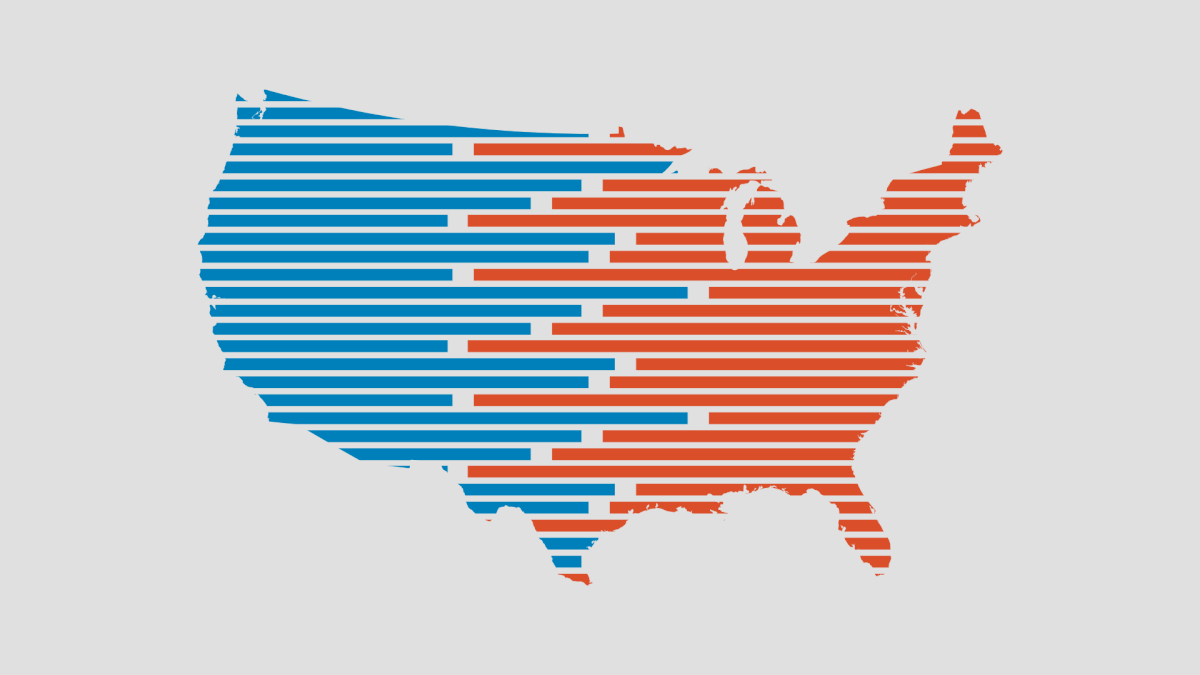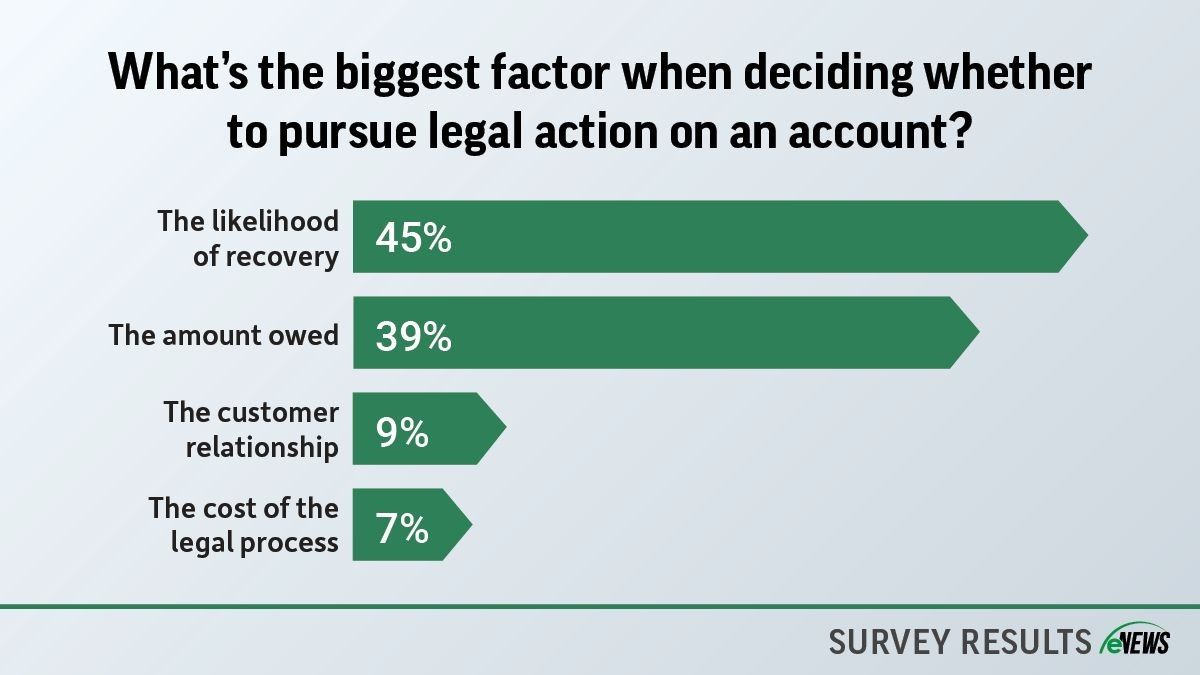eNews
Congress faces internal divisions as tariff policy shifts

The past several months has seen a buildup of pressure in Washington, D.C. that is threatening to explode over government funding, redistricting and an array of other issues. While some Members of Congress and Senators are calling for a reasonable bipartisan solution, they are being drowned out by firebrands in both parties that are looking to make a stand here and now.
At its core, the situation is fairly cut and dried. Government funding expires on September 30th and Congress either needs to pass comprehensive government funding bill or a flatline continuing resolution (a temporary spending bill that funds the government by continuing most spending at the exact same level as the prior fiscal year) to avoid a government shutdown. Unlike the recently passed “One Big Beautiful Bill Act”, Republicans will need at least seven Democrats to vote for any government funding bill to overcome a filibuster in the Senate.
Hardline conservatives are pressuring leadership to use this opportunity to enact severe reductions in federal spending. They believe they can pin a shutdown on Senate Democrats if they don’t go along with this plan. Democrats, however, argue that Republicans are in charge of the government right now, so it is up to them to propose a reasonable, bipartisan solution that can get enough Democratic support to pass.
But neither party is unified behind either of these positions. Moderate Republicans are wary of spending cuts that could harm their constituents, and some Democrats feel that a government shutdown is more harmful to the country than attempting to extract concessions from President Trump who may go back on them.
Also complicating the situation is the ongoing Epstein saga. Democrats and hardline conservatives continue to fan the flames, while President Trump and most Republicans are trying to pivot. The controversy is threatening to splinter Republican votes when they can’t afford to lose more than two votes in the House.
On the other side of the aisle, Democrats are looking to score their first ‘win’ under Trump. Some are looking to secure a minor victory—extension of the premium tax credits that help ensure the Affordable Care Act remains affordable. Others are looking for more—guardrails that prevent President Trump from unilaterally cutting programs he doesn’t want to fund, an end to National Guard deployments in major Democratic cities, and more.
With neither party on the same page, the likelihood of a shutdown is high, despite more than 20 days to go before the deadline.
Economy Slows While Courts See-Saw on Trump Tariffs
The President was dealt a series of blows on economic issues this weekend that started with an abysmal jobs report that revised the June jobs estimates to -13,000, the first time the U.S. has posted a decline in employment numbers since the pandemic. That was followed by another announcement on Tuesday that revised the first quarter employment numbers in 2025 down by 911,000. Together, the announcements have given Democrats new ammunition that President Trump’s trade war and economic policies are harming the economy.
In addition, the U.S. Court of Appeals for the Federal Circuit in a 7-4 decision struck down a significant portion of President Trump’s tariffs which had been imposed under the authority of the International Emergency Economic Powers Act (IEEPA). These are the across-the-board tariffs that President Trump has levied on nearly all of the trading partners of the United States.
The decision won’t go into effect until October 14, 2025, allowing the President time to appeal the decision to the Supreme Court. Acting remarkably swiftly, on Tuesday, September 9th, the Supreme Court agreed to take up the case when its session begins in the fall. The Supreme Court will hear arguments in the case in November and is expected to expedite its decision rather than waiting until its usual June decision timeline.





